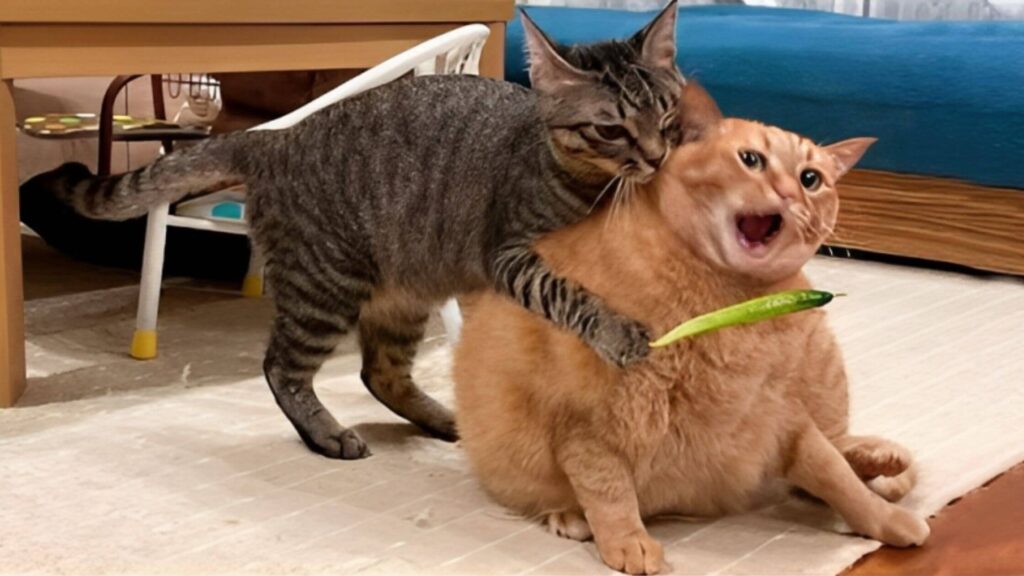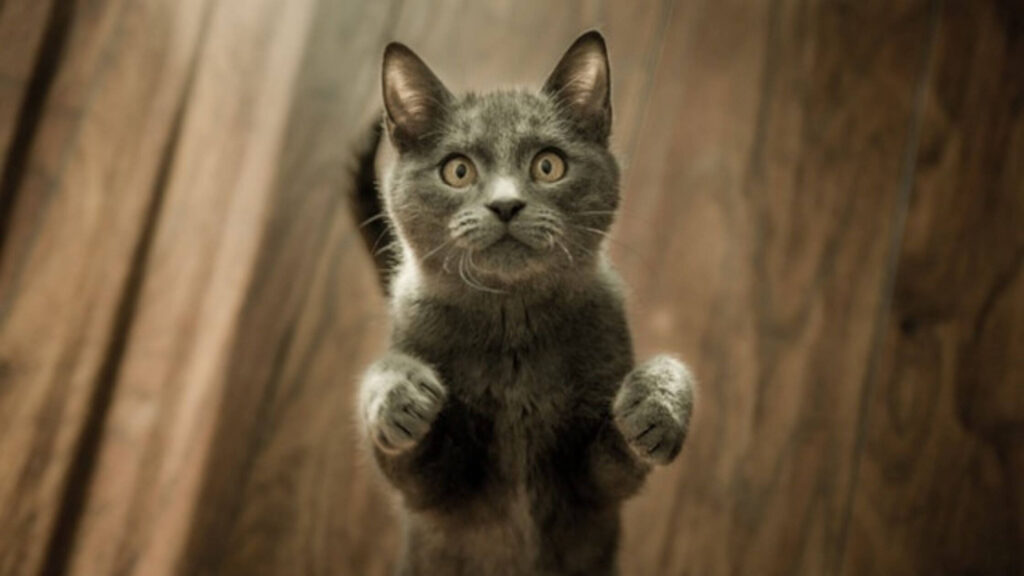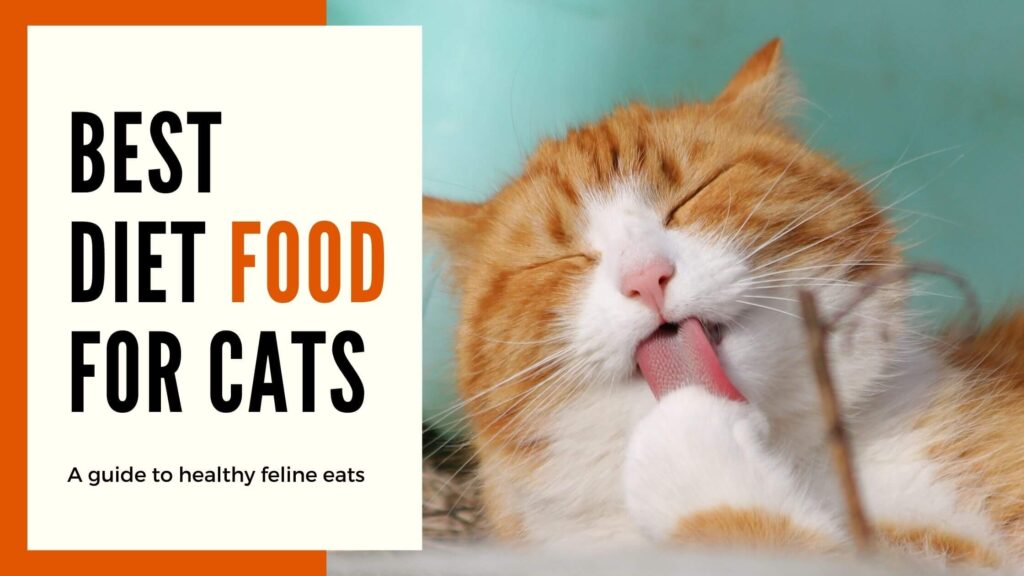Male vs Female Cats, share many similarities, but observing their distinctions can provide insights into their nature and care requirements. Let’s explore these differences in more detail.
Male vs Female Cats
#1 Cats Physical Appearance
Cat Size and Build
Male cats tend to be larger and heavier than their female counterparts. This size difference is more prominent in certain cat breeds. However, it’s important to note that individual variations can occur, and not all male cats are larger than females.
Cat Coat Length and Texture
Female cats typically have a more refined and petite appearance. Their coats are often sleeker and softer. In contrast, male cats might exhibit a rougher coat texture due to hormonal differences.
Cat Facial Features
Female cats generally have a more delicate and dainty facial structure, while male cats often sport a broader head and more prominent cheeks.
#2 Cat Behavioral Traits
Cat Territory Marking
Male cats have a tendency to mark their territory more prominently than females. This behaviour is linked to their instinctual need to establish dominance and attract potential mates.
Cat Social Interaction
Female cats are often more socially adept and tend to be more tolerant of other cats. They usually integrate into multi-cat households with greater ease.
Cat Aggression Tendencies
Male cats can sometimes display more aggressive behaviors, especially if they perceive a threat to their territory. This territorial aggression is less common in females.
#3 Cat Health Considerations
Cat Reproductive System
Female cats undergo heat cycles and can become pregnant if not spayed. Male cats, on the other hand, exhibit fewer reproductive health concerns.
Cat Urinary Health
Male cats are more prone to urinary tract issues, such as blockages, due to their narrower urethra. Female cats can also experience urinary problems, but the risk is higher in males.
Cat Neutering and Spaying
Neutering (male) and spaying (female) offer health benefits and help control behavior. Neutered males may exhibit reduced aggression, while spayed females are not subject to heat cycles.
#4 Cat Communication Styles
Cat Vocalizations
Female cats often use more varied and frequent vocalizations, especially during heat cycles. Male cats tend to be less vocal overall.
Cat Body Language
Female cats often use body language more subtly and effectively for social interactions. Males may rely more on scent marking and physical posturing.
#5 Cat Emotional Aspects
Cat Affection Levels
Both genders can be affectionate, but male cats are often more prone to seeking human attention and companionship.
Cat Independence
Female cats are generally more independent and can handle solitary periods better than males.
#6 Cat Grooming Habits
Cat Self-Grooming
Both genders are diligent self-groomers, but females may spend slightly more time on personal grooming.
Cats Mutual Grooming
Female cats engage more in mutual grooming, reinforcing social bonds within the group.
#7 Cat Play Patterns
Cat Toy Preferences
Males often prefer interactive Cat toys that mimic hunting behavior, while females might enjoy a wider variety of playthings.
Cats Hunting Behavior
Male cats might exhibit stronger hunting instincts, possibly due to their ancestral roles as providers.
#8 Cat Living Together
Male-Male Cat Interaction
Male cats living together might face territorial disputes. Proper introductions can help establish harmony.
Female-Female Cat Interaction
Female cats usually coexist more peacefully. However, occasional conflicts can arise over hierarchy.
Mixed-Gender Dynamics
A mix of male and female cats can create a balanced and harmonious environment if introduced thoughtfully.
#9 Cat Training and Learning
Cat Trainability
Male and female cats are equally trainable, but individual personalities play a larger role. ( Cat training kit )
Cat Cognitive Abilities
Both genders exhibit impressive problem-solving skills, showcasing their intelligence.
How to communicate with your cat >>
#10 Myths and Misconceptions
Calico Cats
Calico cats, with their distinct coat pattern, are almost always female due to genetic factors.
Black Cats
Black cats can be either gender, contrary to the belief that they are primarily male.
In the world of Male vs Female Cats, gender plays a role in shaping various characteristics, from physical appearance to behavior and health considerations. Recognizing and understanding these differences can enhance your relationship with your feline companion, enabling you to cater to their unique needs and quirks.
Pros and cons of male vs female cats
Pros of a male cat
| 1. Affectionate Companionship: | Male cats are often known for their affectionate nature. They tend to be more attached to their human caregivers and enjoy cuddling and lap time. |
| 2. Playful Demeanor: | Male cats frequently exhibit a playful and energetic demeanor. They are more likely to engage in interactive games and enjoy active play sessions. |
| 3. Territorial Behavior: | Male cats are generally more territorial, which can be an advantage if you’re looking for a feline friend to help deter other animals from your property. |
| 4. Lower Risk of Urinary Tract Issues: | Neutering male cats can reduce the risk of urinary tract issues, which are more common in their female counterparts. |
Cons of a male cat
| Cons of Male Cats | |
|---|---|
| 1. Spraying: | Unneutered male cats have a tendency to mark their territory by spraying urine. This behavior can be challenging to manage and may require early neutering. |
| 2. Territorial Aggression: | Male cats might display territorial aggression, which can lead to conflicts with other cats in the household. |
| 3. Roaming Tendencies: | Unneutered male cats are more likely to roam in search of a mate, which can expose them to risks such as accidents and fights. |
Pros of Female Cats
| 1. Calmer Demeanor: | Female cats typically exhibit less territorial behaviour, which can lead to fewer conflicts in multi-cat households. |
| 2. Lower Risk of Spraying: | Female cats are less likely to spray urine, making them a preferable choice for indoor environments. |
| 3. Bonding with Family: | Female cats tend to form strong bonds with the entire family, rather than becoming overly attached to one person. |
| 4. Reduced Territorial Behavior: | Female cats typically exhibit less territorial behavior, which can lead to fewer conflicts in multi-cat households. |
Cons of Female Cats
| 1. Heat Cycles: | Female cats go into heat cycles, which can be accompanied by yowling, restlessness, and a desire to escape outdoors. Spaying can alleviate this issue. |
| 2. Urinary Tract Problems: | Female cats are more prone to urinary tract infections and blockages, which can be a concern for their overall health. |
| 3. Grooming Challenges: | Long-haired female cats may require more grooming and maintenance to prevent matting and tangling of their fur. |
In conclusion, choosing between a male and a female cat depends on your household’s dynamics, preferences, and the kind of companionship you seek. Male cats are known for their affection and playfulness, while female cats tend to be calmer and less territorial. It’s crucial to consider factors like neutering or spaying to address specific behaviors and health concerns. Regardless of your choice, both male and female cats can bring joy and companionship to your home.
FAQs
- Do male cats have a stronger odour than females?
- Male cats that are not neutered might have a stronger territorial odour, but proper hygiene practices can mitigate this.
- Are female cats more prone to certain health issues?
- Female cats can be prone to urinary tract infections due to their anatomy, but regular veterinary care can help prevent such issues.
- Which gender is better for a multi-cat household?
- Female cats often integrate more smoothly into multi-cat households due to their social nature.
- Do neutered male cats lose their playful behaviour?
- Neutering might slightly reduce excessive aggression, but playful behaviours are largely influenced by the cat’s personality.
- Can gender determine a cat’s personality?
- While gender can influence certain traits, individual personality varies greatly and is shaped by genetics and experiences.






